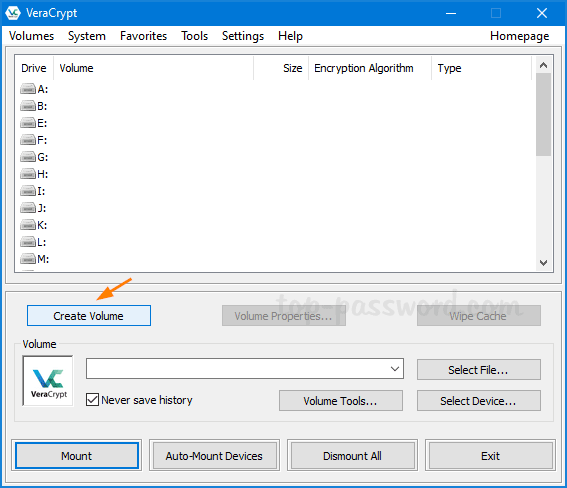

Then answer all questions, which happen to be the same as the GUI wizard. When you are prompted for the volume path you wish to encrypt, type the mount point of your volume e.g. Just type veracrypt -t -create and answer the different questions. Let's say I want to encrypt my USB stick on /dev/sdc1.įor encryption itself, there's an interactive command line mode.

It is important to note that Veracrypt supports system encryption for Windows only (see ).īut in Linux, you can still encrypt a non-system drive or partition. Just like the GUI VeraCrypt behaves on Windows.įirst, you mention system encryption. All I want is to basically do something like: veracrypt -encrypt-system-diskĪnd then it will make me enter a password twice and then show a progress indicator (just like the GUI) from 0 to 100%, and then reboot, and then I have to enter the password each time it boots or else it won't start. The reason I don't use "something else" is that they always require pages of cryptic commands which just rub me the wrong way. It's got to be possible from the command line. How do I actually tell VeraCrypt on the command line to encrypt the system (and only) disk? To make it crystal clear, I mean the same thing as is done in the VeraCrypt GUI by clicking: System > Encrypt System Partition/DriveĮncrypting the system disk is by far the most important feature of this software, and the most common use case.
#How to use veracrypt to encrypt non system drive manual
I have spent significant time in the manual trying to find this out prior to asking the question. Now I try to use it on Linux on the command line (it's headless). I have used VeraCrypt (and, previously, TrueCrypt) for many years, but always on Windows and with the GUI. I've installed Raspberry Pi OS and VeraCrypt on my RPI.


 0 kommentar(er)
0 kommentar(er)
